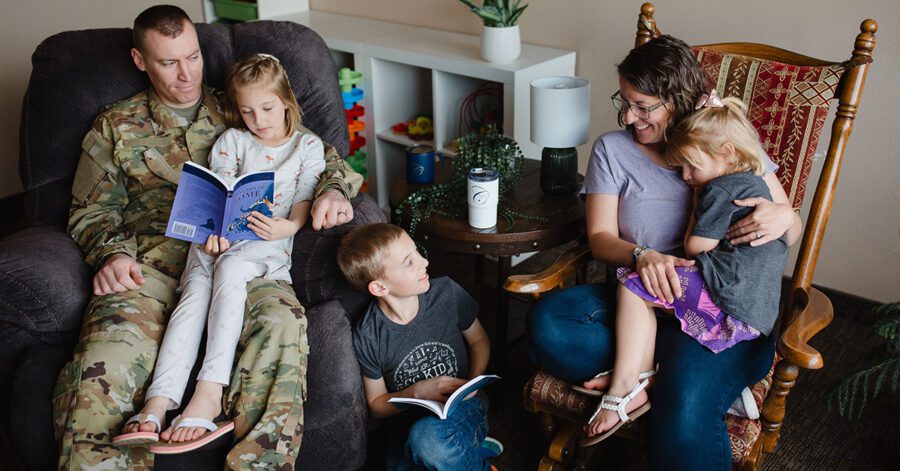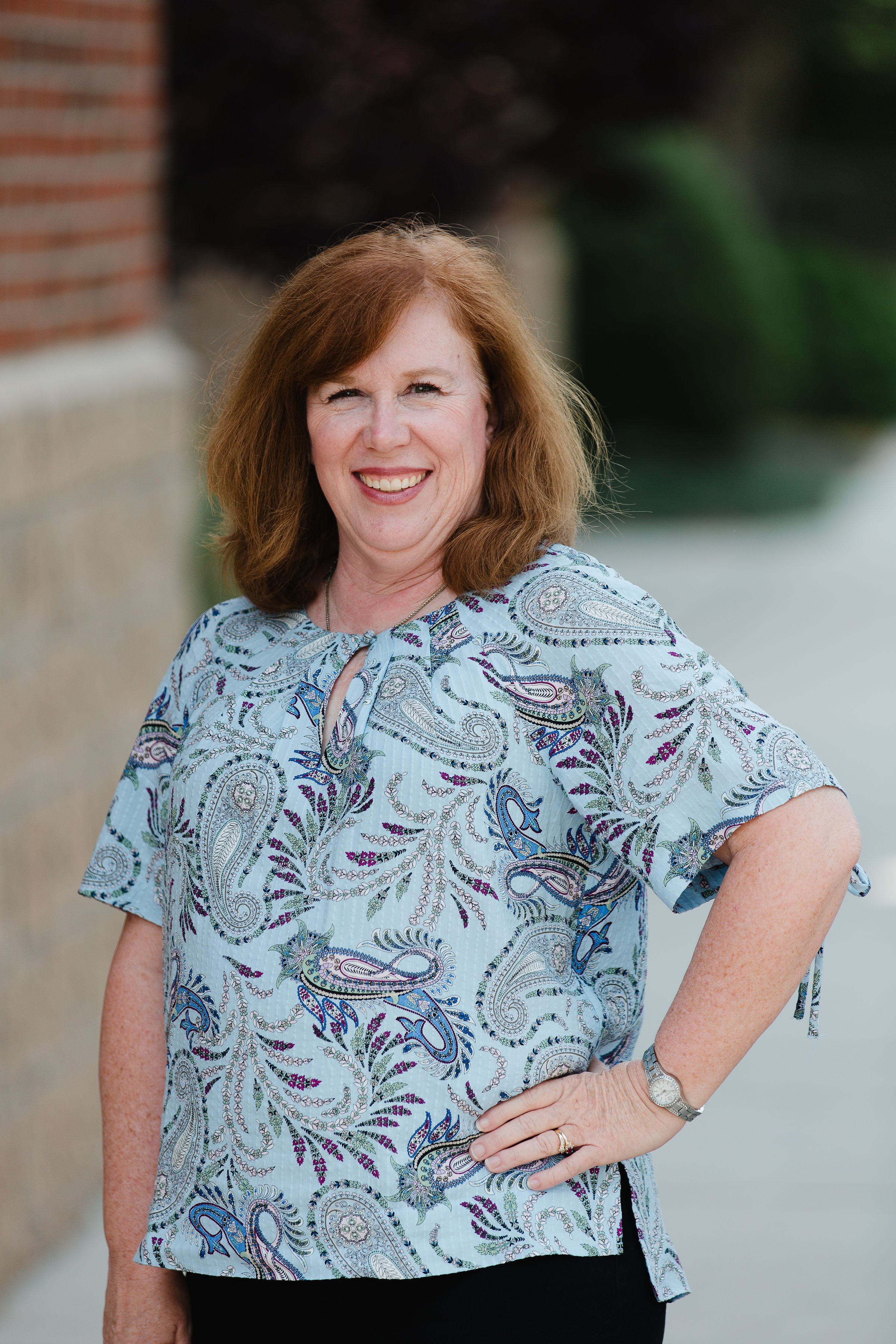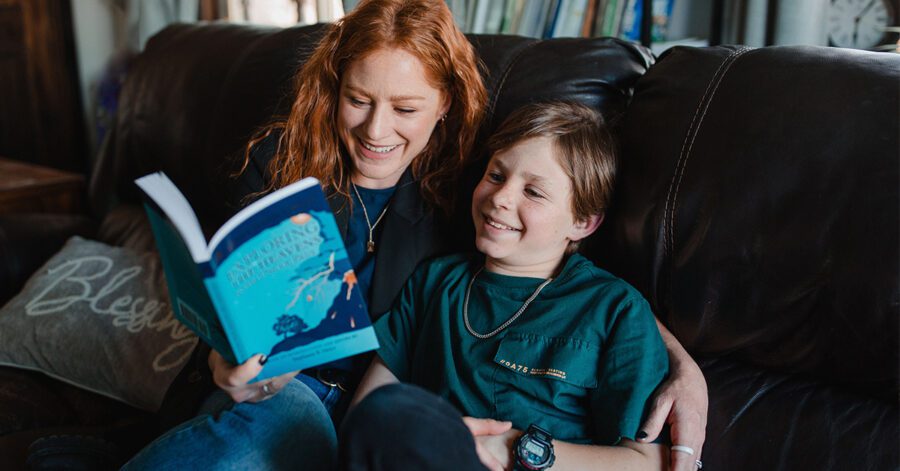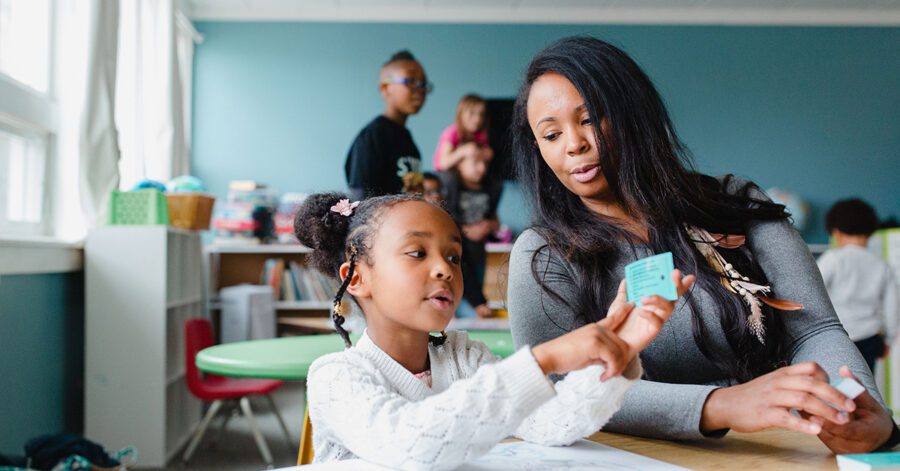What should I do for my children’s education next year? What homeschool methods should I use? Where do I start?
Many parents evaluate their educational choices for their children throughout the year. Parents who are already homeschooling pull out their catalogs and pore over them, searching for the perfect curriculum. Parents who have not yet homeschooled but have seriously considered it begin asking questions again about what is best for their children.
Here are three simple steps to help you decide on homeschooling methods that fit your family:
Step 1: Deciding to Homeschool
Years ago, when my husband and I began to contemplate homeschooling our firstborn, I quickly realized that this decision has many layers. The decision to homeschool required one level of research and identifying goals.
Here’s how we approached it:
- Research: We interviewed homeschool families, observed their daily routines, and read insightful books.
- Family Goals: We valued time spent learning together as a family and prioritized instilling in our children the ability to understand and defend their faith.
We were charmed by the bright, inquisitive homeschool children we met, making the initial leap surprisingly easy.
Step 2: Choosing the Right Homeschool Methods
Deciding on the method was more challenging. I found myself confronted by a dazzling and bewildering array of endless curricula, methods, and choices.
Here’s how I focused my search:
- Seek Recommendations: On a friend’s advice, I read Mary Pride’s The Big Book of Home Learning and Cathy Duffy’s 100 Top Picks for Homeschool Curriculum. These books helped me:
- Understand educational philosophies like unschooling, unit studies, Charlotte Mason, and classical education.
- Identify my children’s learning styles and align them with suitable curricula. These resources include surveys that can help you refine your philosophy and goals and match them to your learning styles and curriculum.
- Explore Specific Methods: I was drawn to Charlotte Mason and classical education.
- I read Charlotte Mason’s treatises and The Well-Trained Mind: A Guide to Classical Education at Home, which laid out rigorous lesson plans from infancy to high school.
- My husband and I discussed these ideas and found that classical homeschooling methods aligned with our vision.
Step 3: Attending a Homeschool Convention
Homeschool conventions are great for exploring resources and homeschooling ideas, and connecting with the community, but they can be overwhelming. This is definitely a dangerous place for a book lover like me.
Here’s my advice:
- Don’t Shop on Day One: Attend workshops to refine your ideas before purchasing anything. I attended workshops on different educational paths to solidify and refine my own choices. Keep your checkbook at home on Day .
- Stay Focused: Stick to your educational goals to avoid impulse buys.
Lessons Learned Over the Years
Over the last two decades, I have learned some very valuable lessons about curriculum and the dazzling array of choices available to us.
- Keep It Simple:
- Teach basics like reading, writing, and arithmetic with simple tools. Remember, for generations, one-room schoolhouses taught reading through simple phonics readers and the Bible
- Flashcards and regular practice are more effective than flashy curricula.
- Children need frequent practice with letters, sounds, and reading aloud. Use a weekly list of 15–20 words for spelling, focusing on rules, daily copying, and an end-of-week review.
- Keep It Inexpensive:
- Choose user-friendly materials that don’t require extensive prep time. With excessive games, incentives, and preparation, the odds are high that you won’t continue to use it daily.
- High cost doesn’t always mean better results. Use the Stick in the Sand approach.
- Keep It Consistent:
- Children thrive on routines and clear expectations. Establishing a daily routine helps your child become an increasingly independent learner. They will quickly understand exactly what is expected of them in each subject.
- The curriculum is secondary to the instructor. Focus on your persistence, patience, and joy as the instructor.
Setting Goals for Your Homeschool
Having a clearly established plan helps us sift through the curriculum choices and well-meaning advice. We can keep our eye on what works best for our children.
Each year, my husband and I create goals in three categories:
- Spiritual Goals: Encourage faith-based learning and personal growth.
- Responsibility Goals: Introduce new chores or responsibilities.
- Academic Goals: Set specific targets for learning and development.
Having a written plan helps us stay focused and make informed decisions for our homeschool journey.
Here are some resources to help you get started:
Bauer, Susan Wise. The Well-Trained Mind: A Guide to Classical Education at Home. New York: W.W. Norton & Co., 1999.
Bortins, Leigh A. The Core: Teaching Your Child the Foundations of Classical Education. New York: Palgrave Macmillan, 2010.
Duffy, Cathy. 100 Top Picks for Homeschool Curriculum: Choosing the Right Curriculum and Approach for Your Child’s Learning Style. Nashville, TN: Broadman & Holman, 2005.
Pride, Mary. The Big Book of Home Learning: Getting Started. Alpha & Omega Publishers, 2000.
Whelchel, Lisa. So You’re Thinking About Homeschooling: 15 Families Show How You Can Do It. Sisters, OR: Multnomah Publishers, 2003.
Conclusion: Choosing the Best Homeschool Methods
Starting your homeschooling journey may feel overwhelming, but remember: it doesn’t have to be perfect. By keeping things simple, choosing homeschooling methods that work for your family, and establishing clear goals, you can create a fulfilling learning experience for your children.
Homeschooling is as much about nurturing relationships and character as it is about academics. Take it one step at a time—decide to homeschool, explore different homeschool styles, and focus on routines that bring joy and consistency to your home.
If you’re curious about classical Christian education and how it integrates faith and academics, consider exploring Classical Conversations.
For more guidance, check out our blog post, Classical Christian Curriculum: A Comprehensive Guide to Learning. It’s a great next step to learn how this approach could transform your homeschool experience.
You’ve got this! Homeschooling is a journey, and you don’t have to do it alone.





